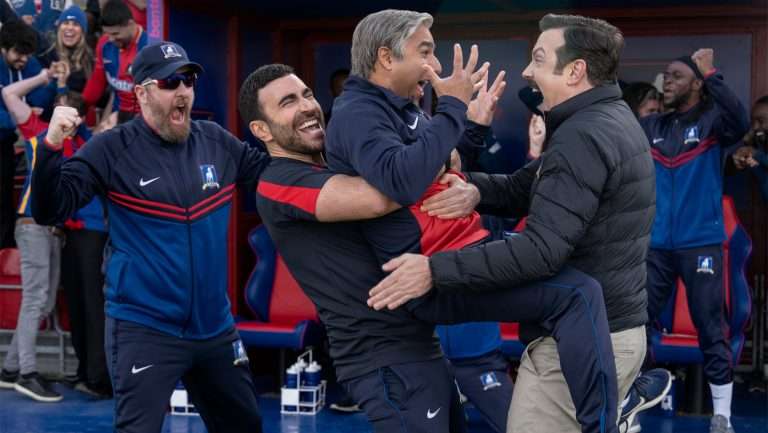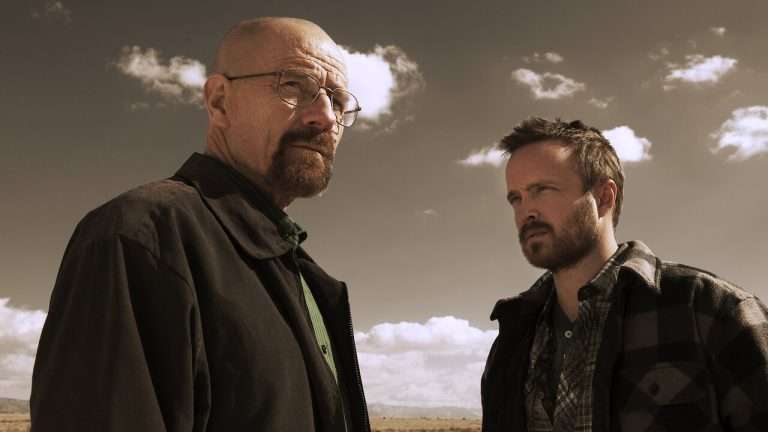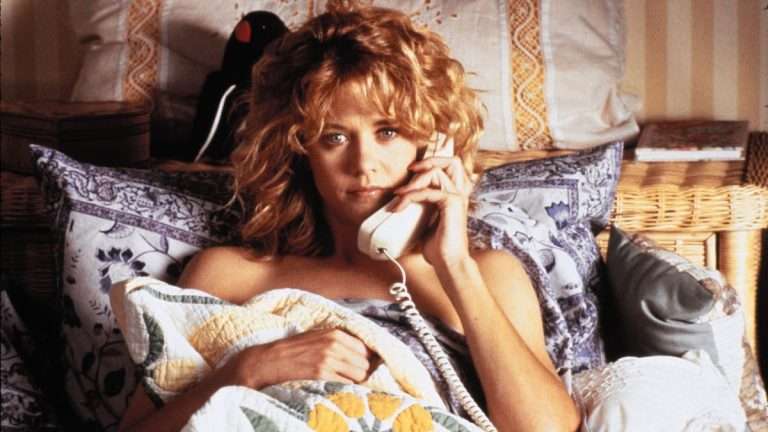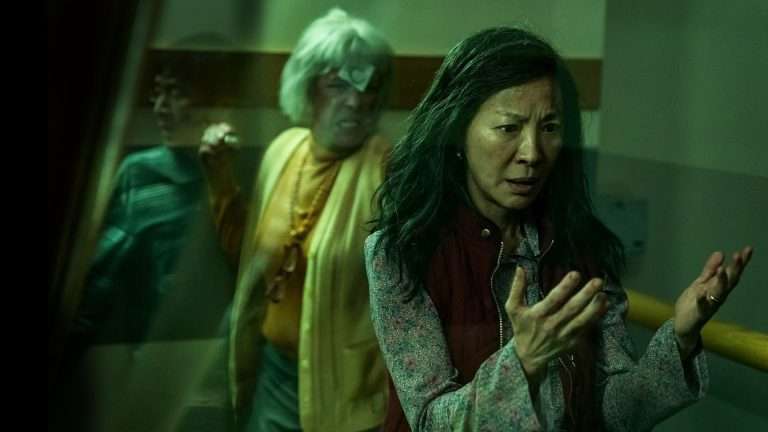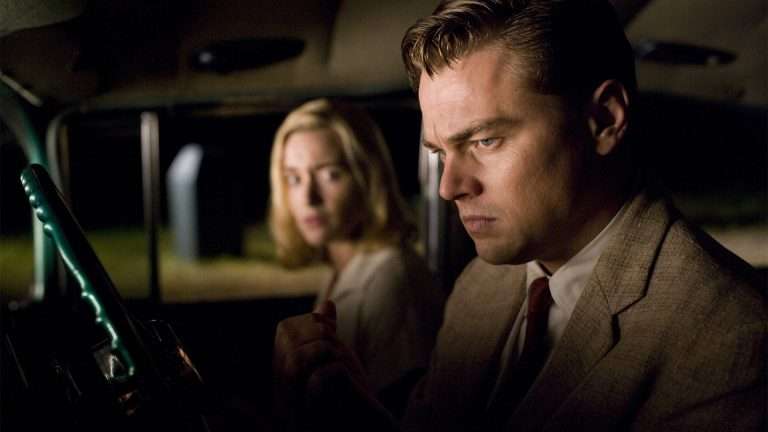It’s been close to eight decades since two atomic bombs annihilated the Japanese cities of Nagasaki and Hiroshima, the only times nuclear weapons have been used in warfare. And in these seventy years, we have learned a lot about the irreparable human costs of nuclear holocaust and the long-lasting hazards of radiation exposure. Yet, the chance of a warring nation deflecting the use of such a weapon in extreme measures couldn’t be deemed impossible. The dark clouds of Cold War may have long perished, but power-hungry governments all over the world tend to toy with their nuclear weaponry. With ICAN (International Campaign to Abolish Nuclear Weapons) winning the 2017 Nobel Peace Prize, the need to recognize the catastrophic consequences of these deadly weapons has only drawn more attention.
For decades, Cinema has done its duty in questioning the blood-lust-driven establishment on its nuclear activities despite its claims to the contrary. The sheer scale of devastation conjured by nuclear holocaust may naturally overwhelm our senses. But the movies’ clear-cut, unflinching visuals have made us comprehend such a disaster’s real, unalterable costs. The selected nightmare-inducing movies below convey the nuclear conflict’s utter pointlessness and horror. In the list, I have mostly avoided including movies that use nuclear apocalypse as a mere backdrop. Nevertheless, if I have missed out on any significant work pertaining to the topic, please comment it.
10. On the Beach (1959) | Director: Stanley Kramer
Stanley Kramer’s somber drama was set in the waning days of human civilization right after an alleged nuclear holocaust and warfare. Based on Nevil Shute’s best-selling novel, the film was made when the Cold War tensions were at their peak. The story is set in 1964 and follows a small group of nuclear holocaust survivors in Australia. The radioactive fallout hasn’t yet reached the far-off continent. However, it would in few months time. Consequently, people accept their fate and start preparing for the inevitable. On the Beach has an exemplary cast, including Gregory Peck, Ava Gardner, Fred Astaire, and Anthony Perkins. The narrative moves on the psychological terrain, unlike the later era films that methodically detailed the palpable consequences of atomic destruction. The drama is soap-operatic at times, although the star-heavy cast delivers wonderful performances.
Recommended: 15 Best Movies Set In A Mental Asylum
Where to Watch:
9. The Day After (1983) | Director: Nicholas Meyer
Nicolas Meyer’s TV movie, although attracted huge attention during its day, although now feels like a message-driven informative work. The story revolves around nuclear crisis which propels US and Soviet government to launch nuclear missiles against one another. The narrative follows small community of people living close to the nuclear silos of Missouri and Kansas. The Day After is said to be mentioned in President Reagan’s memoirs. It’s credited for having shown the American people & government on how a nuclear war is an unwinnable one. However, unlike similarly-themed movies, the characters here are a bit dry. The character dynamics often stays stiff and doesn’t bring much emotional connection. The visual effects and disturbing specifics of nuclear holocaust, nevertheless, are impressively created for its time.
Highly Recommended: 15 Best Films to Watch On A Rainy Day
Where to Watch:
8. The Atomic Café (1982) | Directors: Kevin, Pierce Rafferty, and Jayne Loader
This fascinating account of life during the atomic age is an odd one among this list of films. Atomic Café is less about human exposure to the atomic bomb and more about the paranoid mindset of the Cold War. Nevertheless, this 90-minute montage of old propaganda films powerfully iterates the folly of playing with A-bombs. Disturbing and goofy in equal measures, the documentary chronicles the period between America’s nuclear infancy (the mid-1940s) and the peak of Cold War propaganda (in the early 1960s). But Atomic Café doesn’t employ talking heads to dish out a detailed historical account of the era. Instead, the director/producers Kevin and Pierce Rafferty and Jayne Loader artfully and satirically juxtapose government propaganda films (of the 40s and 50s) to bring home their political message.
Similar to Nuclear Holocaust: Come and See [1985]: A Chilling Reminder of Nazi Carnage
The footage of Hiroshima A-bomb survivors and the radiation sickness of Bikini islanders speak of the horrors of the atomic holocaust. There are also moments of comic relief, including the Civil Defense Short ‘Duck & Cover.’ More ludicrous are the military reels accounting for the threat of Soviet nuclear power and red menace on US soil. Altogether, ‘Atomic Café’ masterfully turns the tools of propaganda to explore the dark contours of nuclear warfare.
Where to Watch:
7. Dead Man’s Letters (1986) | Director: Konstantin Lopushanskiy
Every single treatment of the nuclear holocaust in cinema that was made in the West could be divided into two categories: the ones detailing the horrific post-blast aftermath (the movies in this list); and the paranoia surrounding the threat of nuclear warfare (Dr. Strangelove, Fail-Safe, Seven Days in May, Miracle Mile, etc.). But rarely have we witnessed the other perspective. And that, too, is a work from the pre-glasnost Soviet Union that overtly speaks against the arms race and authoritarianism.
Konstantin Lopushanskiy’s ‘Letters from a Dead Man’ offers an unsentimental, sublime take on the nuclear apocalypse. The parable follows a group of nuclear holocaust survivors shacking up in a dilapidated city building. An old professor taking care of his sick wife writes undeliverable letters to his missing son. The ‘letters’ that unfold in the form of interior monologue provide a glimpse into the devastation. The film is mostly shot in a sepia tone, offering a very harsh viewing experience but also a necessary one. Lopushanskiy, who worked as an assistant to Tarkovsky in Stalker (1979), manages to imbue a few of the auteur’s touches. Even though ‘Letters…’ isn’t a masterpiece, it’s an extraordinarily humanistic film devoid of propaganda or jingoism.
Where to Watch:
Dead Man’s Letters (1986) is available for streaming on YouTube
6. When the Wind Blows (1986) | Director: Jimmy T. Murakami
Jimmy Murakami’s faithful adaptation of Raymond Briggs’ graphic novel is a moving, unforgettable documentation of cold war madness. Made in the format of traditional animation, the visual tone is deeply ironic, whimsical, and also utterly disturbing. The story’s central characters are James and Hilda, ordinary old-age British pensioners. Jim and Hilda live in the bucolic English countryside, where the outside world isn’t much of a concern. But the worsening international crisis escalates Jim’s obsession with news. He attempts to get his habitat ready for the forthcoming inconvenience of a nuclear attack.
Jim’s efforts to build a nuclear fallout shelter, based on the safety brochures issued by government agencies, instills subtle humor. However, the narrative takes a distressing turn when the worst-case scenario happens. The pile of indignities and suffering visited upon these simple, harmless people is observed in a very moving manner. ‘When the Wind Blows’ is a bit message-heavy, even though the devastating emotional impact it generates is undeniable.
Where to Watch:
5. Threads (1984) | Director: Mick Jackson
Mick Jackson’s terrifying docu-drama contemplates what would happen if the two pre-Cold War superpowers failed to hold peace. The drama revolves around a disparate group of people in Sheffield’s grim English city. The narrative steadily builds the tension by using newsreels, date stamps, and incessant radio broadcasts. But the full knowledge of impending horror hasn’t yet reached the characters. The film centers mainly on two families – the Kemps and Becketts. Jimmy Kemp is about to marry and settle with Ruth Beckett. The grievous threat of nuclear attack unexpectedly thwarts the plans of these ordinary people.
Similar to The Day After, Threads is a bit outdated now. Moreover, it demands viewers to take a huge mental leap to understand the palpable fears of the era. Still, the characterizations in the film are more efficient, and it offers a much more accurate depiction of human nature while facing the unknown. ‘Threads’ is worth watching for the laudable attempt to detail the unthinkable. Especially the final hour of the movie would render us sleepless.
Where to Watch:
4. Barefoot Gen (1983) | Director: Mori Masaki
Mori Masaki’s loose adaptation of Keiji Nakazawa’s disturbing manga series was released when the fear of nuclear attack was still a major part of the culture. The film moves around six-year-old Gen, who lives with his parents and siblings, Eiko and Shinji. The father’s hard stance against the war puts him at odds with the local government. The mother is expecting a baby, although the government deprives the family of offering the bare necessities. For Gen, who has faced the reality of war his whole life, more gruesome experiences await.
On the morning of August 6th, 1945, an atomic bomb levels Hiroshima, killing 200,000 citizens immediately upon impact. Gen miraculously survives the bomb but is left to confront tableaux of unspeakable horror. Similar to Grave of the Fireflies and When the Wind Blows, Barefoot Gen masterfully uses the animation medium to express pain and despair beyond the bounds of usual cinematic representations. The chunk of the sequences showcasing the post-nuclear blast effects have been imprinted indelibly into my mind. What makes Barefoot Gen more searing is its point of view. It doesn’t induce a political or jingoistic perspective. But rather sees the desolation from the experiences of an irreproachable family. Altogether, it’s the kind of indelible visceral piece of film-making on the stark realities of nuclear holocaust and warfare.
Where to Watch:
3. Testament (1983) | Director: Lynn Littman
Lynn Littman’s emotionally devastating drama largely eschews the conventional, predestined images of nuclear apocalypse. We don’t see a huge fireball consuming humans, cars, and houses in a hurry. There is no viscerally dramatic portrayal of human debauchery after the world’s end. Testament is full of brilliant, understated moments, which haunt us with its spine-chilling quietude. The story completely unfurls from the perspective of Wetherbys, a typical American suburban family. The opening scenes firmly establish the mundane life of the Wetherby family. Father Tom loves his morning bike rides with his 11-year-old son Brad. Wife Carol is immersed in her regular household chores. The couple’s sensitive 13-year-old girl Mary Liz takes her piano lessons while the family’s youngest son Scottie rehearses for his role in the school play.
A single bright flash of light over the horizon changes everything. The suburbs don’t take a direct hit, yet it’s close enough to experience the intense aftereffects. Testament may sound like a one-note depressing work. But it’s crafted with astounding attention to naturalistic emotions and specifics of this unfathomable catastrophe. Littman’s subtle direction pays due tribute to the human spirit and perseverance amidst the traumatic happenings. The director also doesn’t entirely downplay the mayhem and carnage encompassing the crumbled society. Furthermore, the most brilliant aspect of the movie is Jane Alexander’s steely performance as Carol (nominated for an Oscar). Roxana Zal, who plays Mary Liz, was equally great. It’s a film about both the death of human civilization and the prolonged survival of the human spirit.
Where to Watch:
2. Black Rain (1989) | Director: Shohei Imamura

Radical Japanese filmmaker Shohei Imamura’s adaptation of Masuji Ibuse’s novel (‘Kuroi ame’) chronicles the aftermath of the atomic bombing of Hiroshima. Although most of the film is set in 1950, the unforgettable opening scene transports us back to Hiroshima in 1945. Despite being filmed in black-and-white, the graphic nature of the imagery hits us like a ton of bricks. The central narrative, accounting for the effects of the bomb, is much harrowing. The family drama revolves around Shigematsu, his wife Shigeko, and his 20-year-old niece Yasuko. The three don’t seem to suffer from any immediate ill effects of the bombing. Yet, the fallout gradually erodes the serenity of this traditional Japanese family.
Director Imamura lays out the slow disintegration of the individuals with a masterly restraint. His adept sense of camera placement and impressionistic visuals makes the magnitude of the devastation all the more indelible. Black Rain is timeless and apolitical as it solely focuses on the utter hopelessness of nuclear war victims.
Where to Watch:
1. The War Game (1965) | Director: Peter Watkins
Peter Watkins’ trenchant and eye-opening docu-drama was made as a minor television production. But the film’s legacy has grown over the years, moving it into many must-see movies list. Watkins’ The War Game looks at what would happen if a nuclear bomb is detonated in Kent, England. It was the era when the British & American governments were busy reassuring their citizens on safety measures in the event of a nuclear attack. Watkins uses a form known as ‘speculative documentary’ to depict nuclear war’s true, messy nature.
It’s impossible to watch War Game and not get devastated by its powerful, shocking images. The film runs for only 49 minutes but conveys the sheer hopelessness of nuclear war in every frame. War is often played as an impersonal game. Hence, an effective anti-war film attributes a face to violence, questioning the utter destruction of humanity. Peter Watkins’ angry and provocative tone exactly does that. The tension that fed Cold War might have now faded into obscurity. Yet the ideas behind it, including governments’ relentless campaign to misinform the public, still resonate strongly. Shortly after finishing the production, BBC banned it from broadcast. The graphic subject matter and hidden government pressures were estimated to be the reasons. However, the film won an Oscar for best documentary feature.
Overall, The War Game is a seminal work on nuclear warfare and the most important movie ever made.

![On the Beach [1959]](https://79468c92.delivery.rocketcdn.me/wp-content/uploads/2018/04/On-the-Beach-1959.jpg)
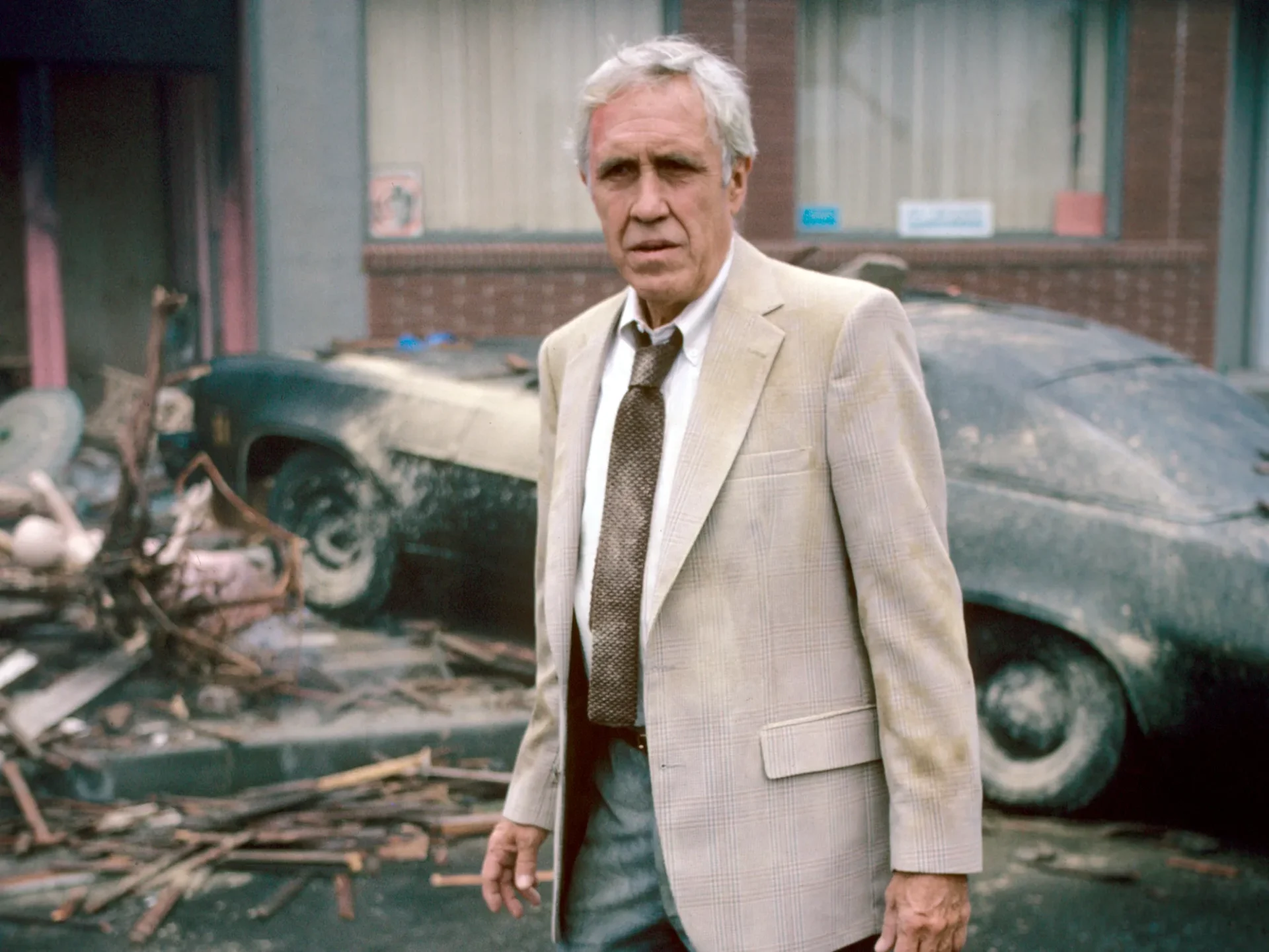
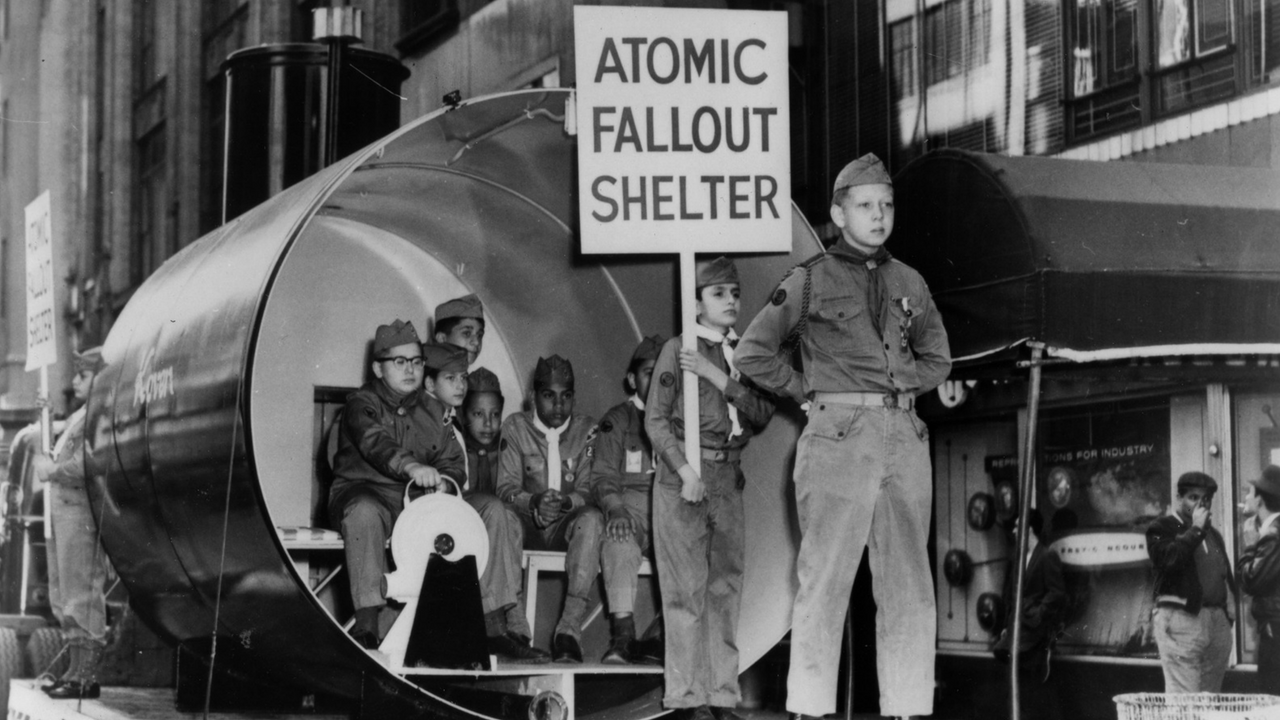
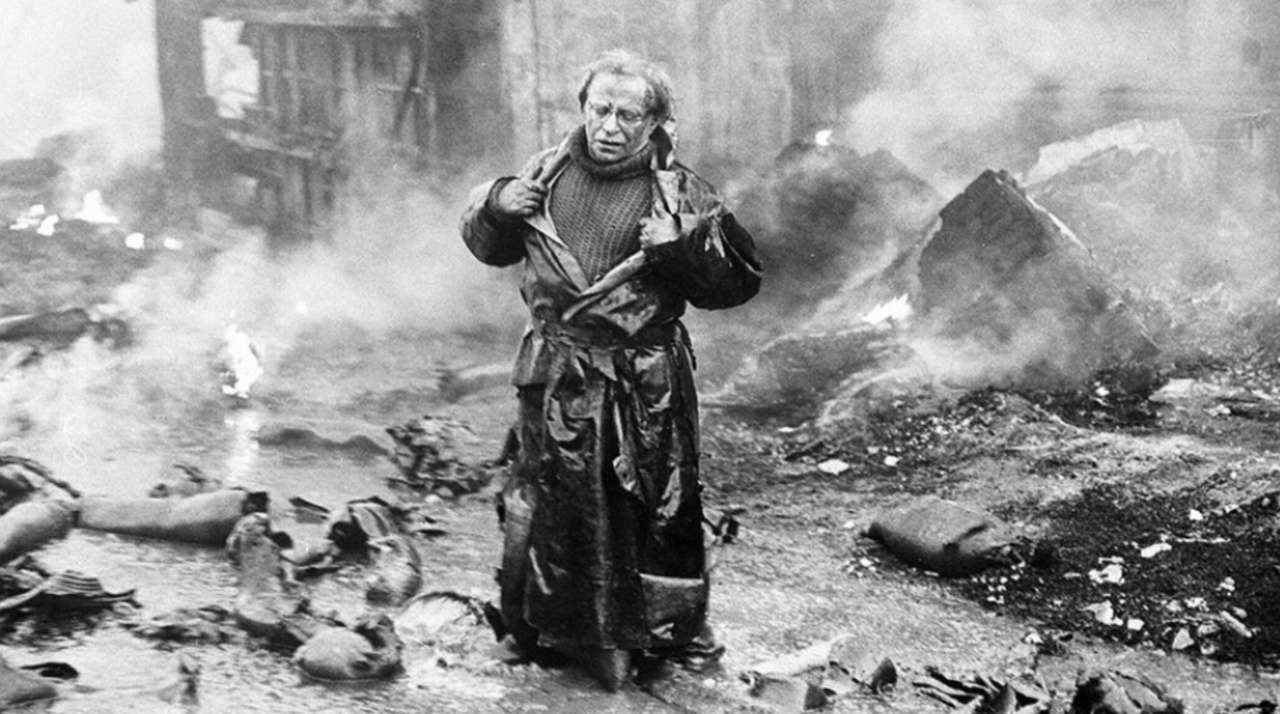
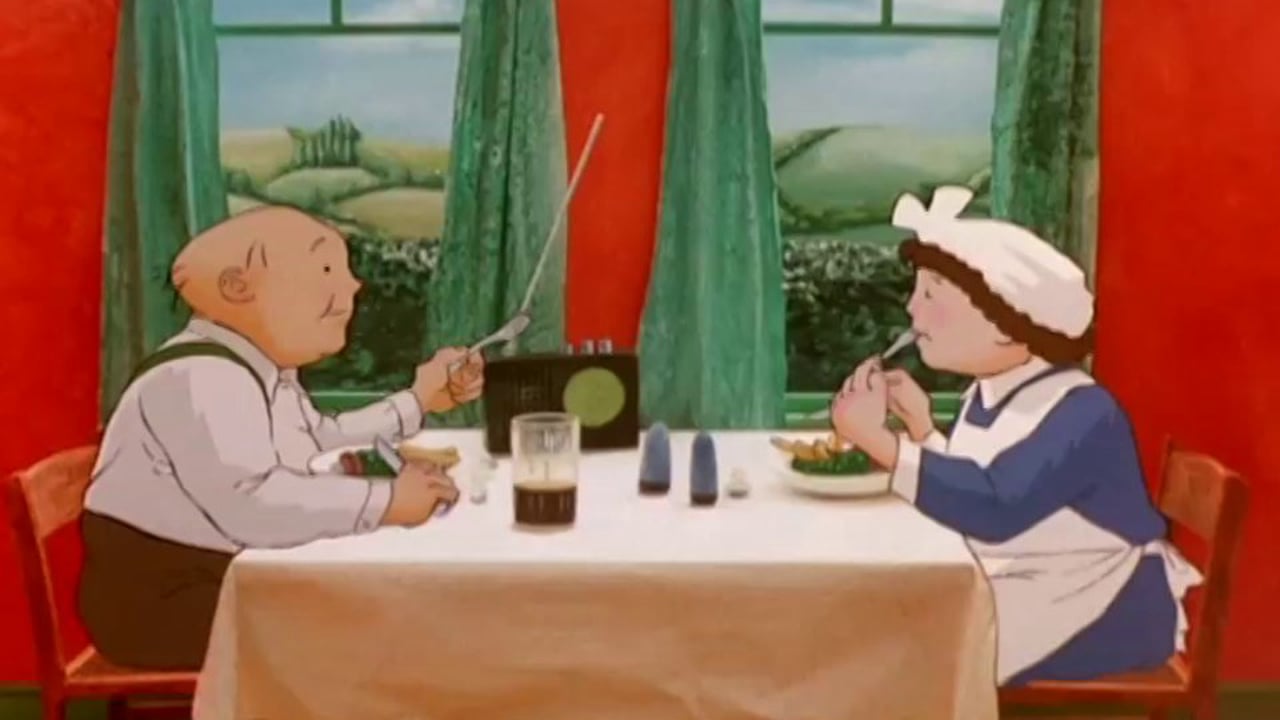
![Threads [1984] | Director: Mick Jackson - nuclear war movie](https://79468c92.delivery.rocketcdn.me/wp-content/uploads/2018/04/threads.jpg)
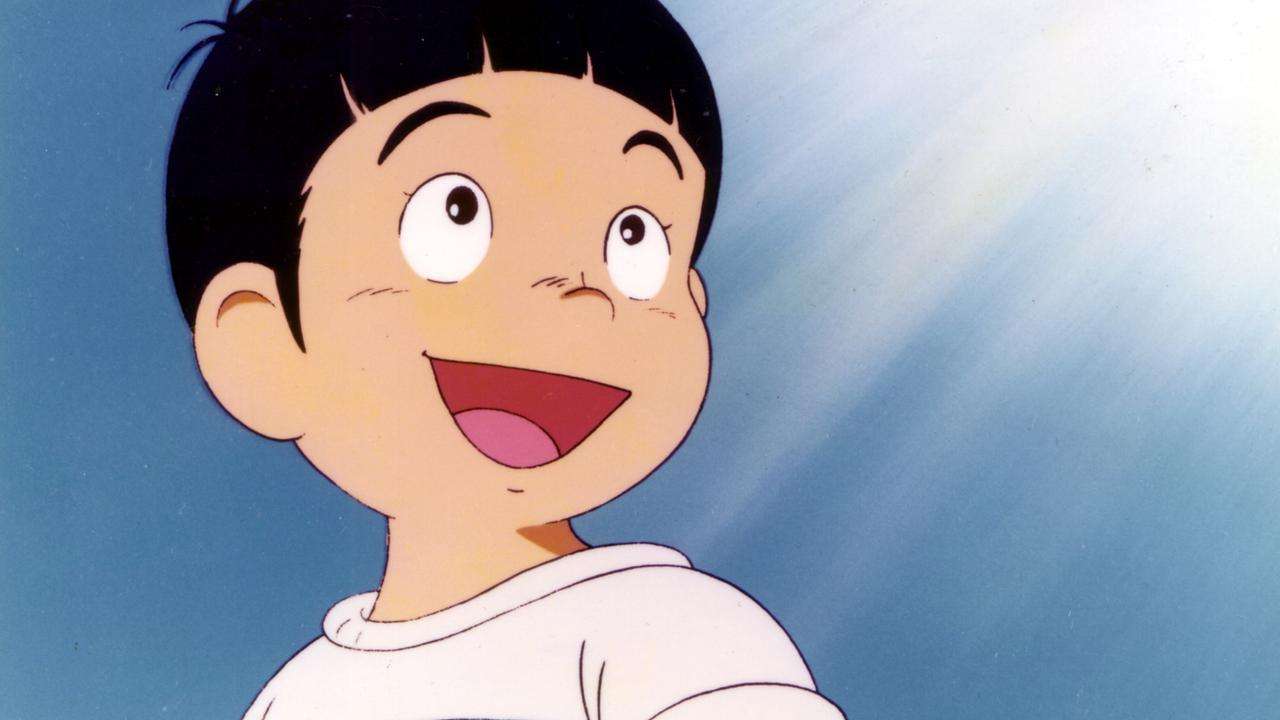
![Testament [1983] | Director: Lynn Littman - nuclear holocaust movie](https://79468c92.delivery.rocketcdn.me/wp-content/uploads/2018/04/testament-1983-1024x718.jpg)
![The War Game [1965] - one of the best nuclear apocalypse movies](https://79468c92.delivery.rocketcdn.me/wp-content/uploads/2018/04/War-Game.jpg)


